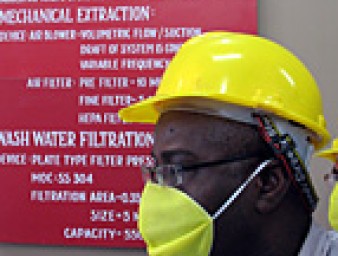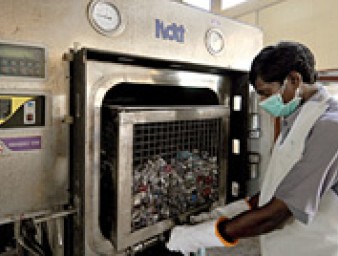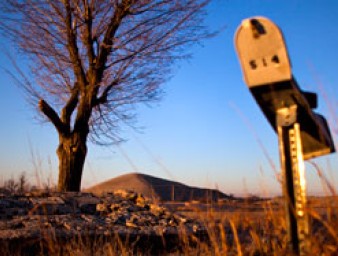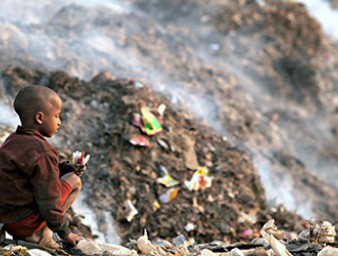A call to protect indigenous communities from waste producing industries
11 June 2012
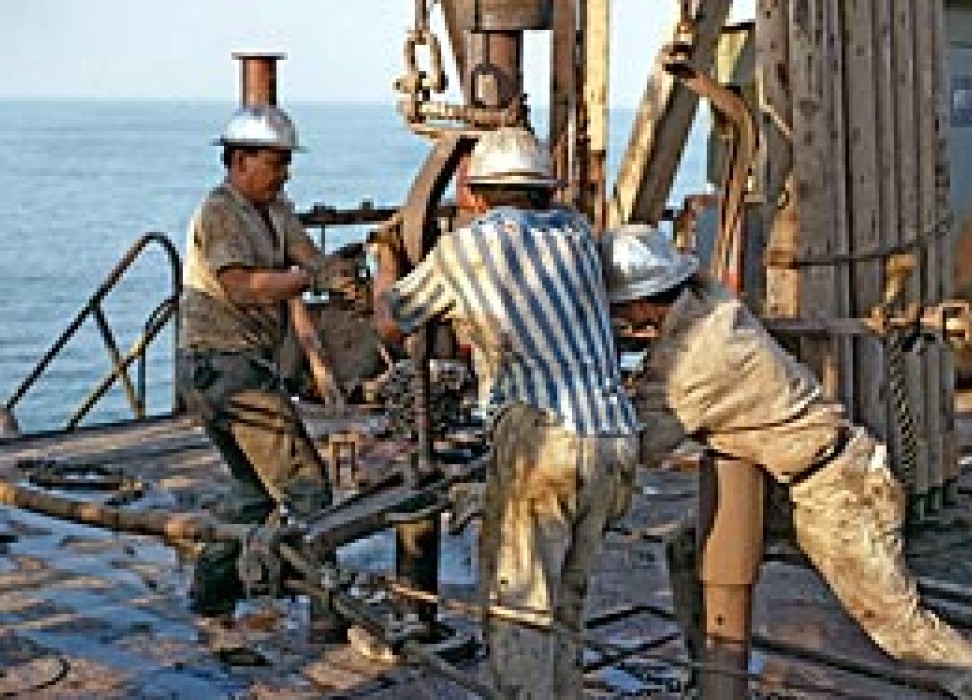
For several decades after the Second World War, the Marshall Islands, located in the middle of the Pacific Ocean, were administered by the United States under trusteeship arrangements with the United Nations until 1986, when it became a sovereign nation. For more than a decade from the mid 1940’s, the US conducted extensive nuclear weapons testing in the Marshall Islands, including the detonation of largest bomb in Marshallese and American history, 1,000 times stronger than at Hiroshima.
Calin Georgescu, the UN Special Rapporteur on the human rights obligations related to environmentally sound management and disposal of hazardous substances and waste, recently visited the Islands and in a statement noted that the people there remain dislocated from their indigenous ways of life because of lingering effects from the 67 nuclear weapons tests carried out by the United States.
“They feel like ‘nomads’ in their own country,” reported the Special Rapporteur, after listening to concerns and stories from four atolls, Bikini, Enewetak, Rongelap and Utrik.
In the 1980s the US paid $150 million in compensation to people affected by the testing programme and have pledged on-going support until 2023. Clean-up efforts continue and some progress can already be seen. Enewetak Atoll has been partially decontaminated and resettled; Bikini and other atolls, however, are still too heavily contaminated to safely support human presence.
Despite the assistance provided, traditional communities in the Marshall Islands continue to face major, long-term health problems and “are yet to feel that they have been restored to a position that is any way equivalent to the life they and their families lived before this dislocation,” said Georgescu.
The Special Rapporteur on the rights of indigenous peoples, James Anaya, has noted that harmful effects from waste that disrupt traditional lifestyles are not just caused by exceptions or accidents. In his latest report to the Human Rights Council he looked at several cases around the world of mining, logging, and extraction, where even routine operations cause toxic waste and adverse effects to communities, like drainage of waste into water systems.
In Benguet, a province in the Philippines where many communities survive by traditional fishing practices, Anaya mentioned reports from the government saying that open-pit mining companies have made “a wasteland” of the water systems, and that the rivers and creeks where villagers go fishing are now devoid of fresh fish. According to Anaya, such losses of traditional livelihoods threaten food security and can precipitate malnutrition.
During a recent trip to the US, Anaya denounced “past uncontrolled and irresponsible extractive activities,” because of the contamination they caused to water and resources. He specifically mentioned the uranium mines in the Southwest part of the country. Communities of Navajo Native Americans in Arizona, Utah, and New Mexico still live amongst abandoned uranium mines, which were active during the nuclear weapons development program from the 1940s through to the 1980s.
The US Environmental Protection Agency (EPA) estimates that 30% of Navajo people do not have access to safe drinking water. In 2008, the EPA began a five-year clean-up project to rehabilitate contaminated water sources.
While Anaya applauded such steps, he warned that “more robust measures are needed to address the serious issues affecting Native American, Alaska Native and Hawaiian peoples in the United States.”
Anaya also made a visit to Abra Pampa, Argentina, where tons of harmful metal waste left after the 1990 closure of the Metal Huasi smelting continue to cause lead poisoning in residents, most of whom are part of the indigenous Kolla community.
Part of the hazardous waste was buried by the government in 2009. A significant amount, however, is in a soccer field enclosed by a wire fence, which does not prevent lead dust from blowing to the surrounding homes. For more than 25 years, studies have shown dangerous levels of lead in the blood of up to 80 percent of children in the village.
There are different perspectives regarding costs and benefits of extractive industries, explained Anaya in his report to the Human Rights Council. While States or companies often put a premium on economic development or infrastructure improvements, traditional communities prioritize the preservation of their culture and environment. He urges States to work together with communities to find long-term solutions, and to use the “Protect, Respect and Remedy” framework from the UN Guiding Principles for Business and Human Rights.
The Special Rapporteurs Georgescu and Anaya will be presenting the findings from their official visits in reports to the Human Rights Council in September.
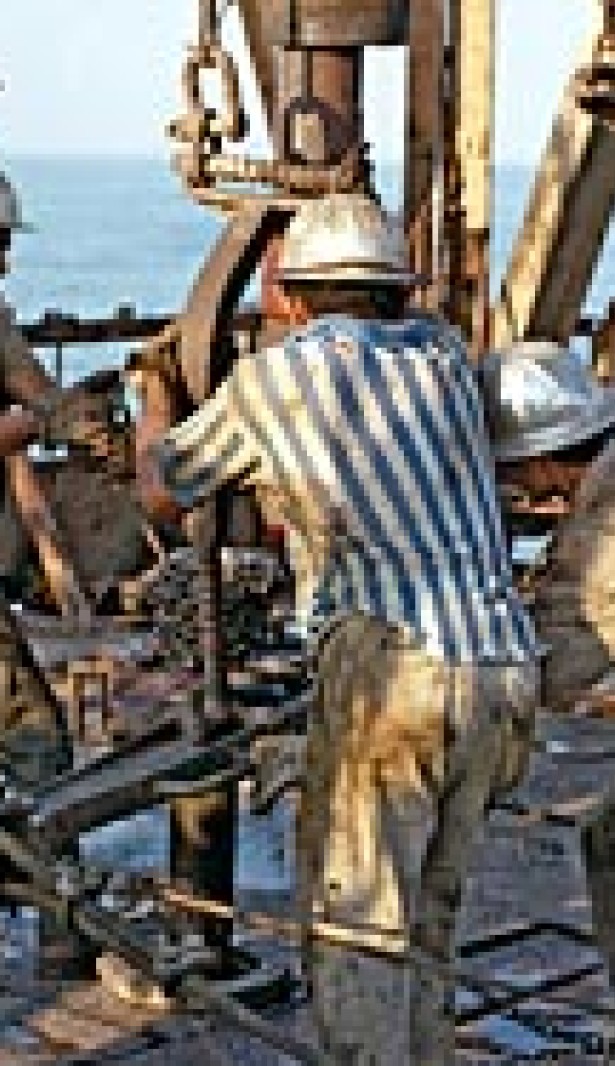
VIEW THIS PAGE IN:
